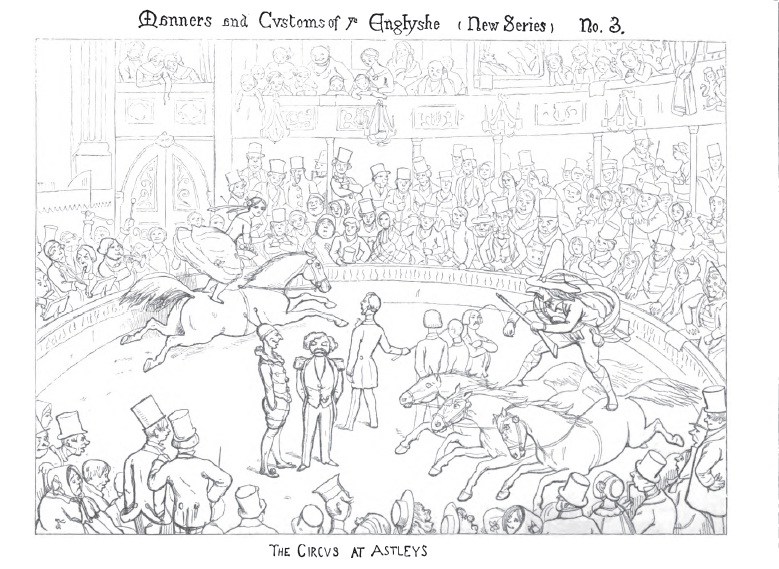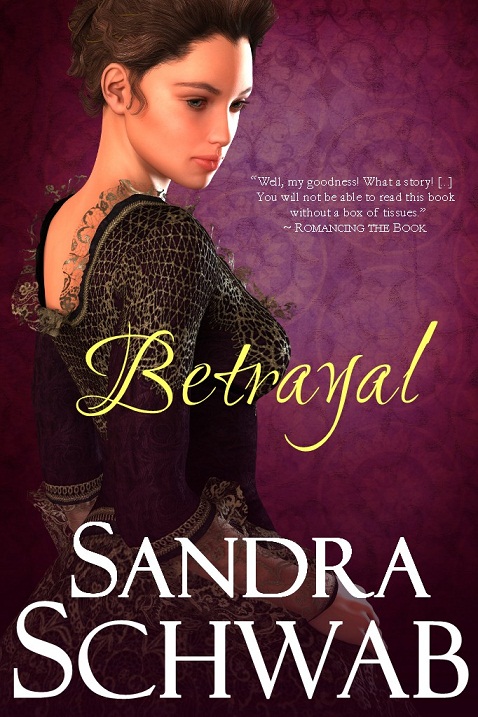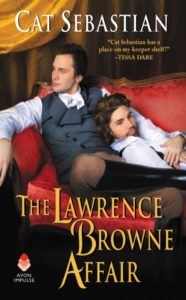 When you’ve spent more than a decade reading books from the 19th century, reading books set in the 19th century, writing books set in the 19th century, and researching everyday life in the 19th century, you’ve got a fairly good idea what life was like in the 19th century. Or at the very least, you’ve got a fairly good idea where you can look stuff up, and chances are, you have the relevant research books somewhere on your bookshelves.
When you’ve spent more than a decade reading books from the 19th century, reading books set in the 19th century, writing books set in the 19th century, and researching everyday life in the 19th century, you’ve got a fairly good idea what life was like in the 19th century. Or at the very least, you’ve got a fairly good idea where you can look stuff up, and chances are, you have the relevant research books somewhere on your bookshelves.
You are familiar with all the itty-bitty details: ice cream from Gunter’s, betting book at White’s, weak punch at Almack’s, circus at Astley’s. You also have a fairly good idea what kind of clothes your characters would have been wearing, from what kind of tableware they would have been eating, and what their homes would have looked like.
But one day you let yourself be persuaded by a bunch of people on Twitter that it would be an awfully good idea to write a book set in a time period you’re only superficially familiar with (let’s say … um … how about the time of the Roman Empire?). You’re suddenly faced with all these questions about things like underwear (what the heck did a Roman legionary wear underneath his tunic??? a loincloth or the kind of thing that real men wear under a kilt?), normal everyday clothes (to wear a toga or not to wear a toga, that is the question!), food (fried dormice – really????), about tableware (glass – thumbs up or down?), sexual practices (eh … um …), or names (yes, that’s right, names; the naming problem alone would justify that I hide behind my couch sobbing quietly).
And then there are the things that you think you know (haha!) like, say, gladiators. After all, everybody knows that the Romans loved going to the circus in order to watch guys kill each other in interesting ways and people being torn apart by wild animals, right? We have seen Spartacus, after all! (Well, as far as the TV series is concerned, one might have at least watched a few bits and pieces – not all the ugly, bloody fighting stuff, mind you! – but the romantic bits. They had some truly great romantic subplots in that show!) (Unfortunately, nearly all of the romantic couples died in gruesome ways – except for the cute gay couple. Yay for the cute gay couple!!!)
So there you are, thinking you know all those wonderful things – until you decide that it wouldn’t hurt to properly check up on them, say, one or two days before you’re supposed to send the manuscript to your editor.
OMG! *breaks down*
And suddenly you have a host of horrible problems at hand:
- Nope, gladiator fights were not held at the circus. (Duh, Sandy, duh! You’ve seen Ben Hur! You’ve read Ben Hur!) (Okay, so the latter was when you were 12 or 13 and you were mostly impressed by the intriguing bits about Ben Hur’s manly beauty.) The Circus Maximus was a purpose-built building for chariot races. If you wanted to see gladiator fights, you needed to go to the Colloseum.
- In Imperial Rome, the staging of gladiatorial games was actually quite rare (in contrast to how such things were organized in the republic) and typically happened on specific holidays (*frantic googling for exact dates ensues*)
- Trying to find out on which days of the year (or at least around which time) the gladiatorial games were held, you stumble over a lot of extremely vague info as well as a lot of conflicting info: gladiatorial games happened only during the Saturnalia in December – happened during the Saturnalia and in March – were put on as often as possible!!!!! (*sobs quietly*)
Why exactly did I think it would be a good idea to write a romance set in ancient Rome????? That book is killing me!!!! And it’s still not finished!!! I’m still working on one scene that seems to go on and on and on and on and on and on and on and on and…. *runs out of breath*
In happier news: the digital art experiment is progressing nicely and apart from the occasional guy with skin made of green brocade, I’ve actually managed to produce a number of pictures with people who look like real (!) people. I’ve already put together one new cover that I rather like. It’s not live yet, and you’re the first to see it. I hope you like it! Also, please wish me luck with that dratted manuscript!

Edited to add: I’VE FINISHED THE BOOK!!!!!!!!!!! FIIIIIIIIIIINNNNNNNIIIIIIIISHHHHHHHHHD!!!!!!!!! And it’s already with my editor! Woooohooooo!!!! *hops around the room waving her arms*
(Of course, as always, I now worry that the book is utterly horrible and that reading it will probably kill of my poor editor. *sigh*)













